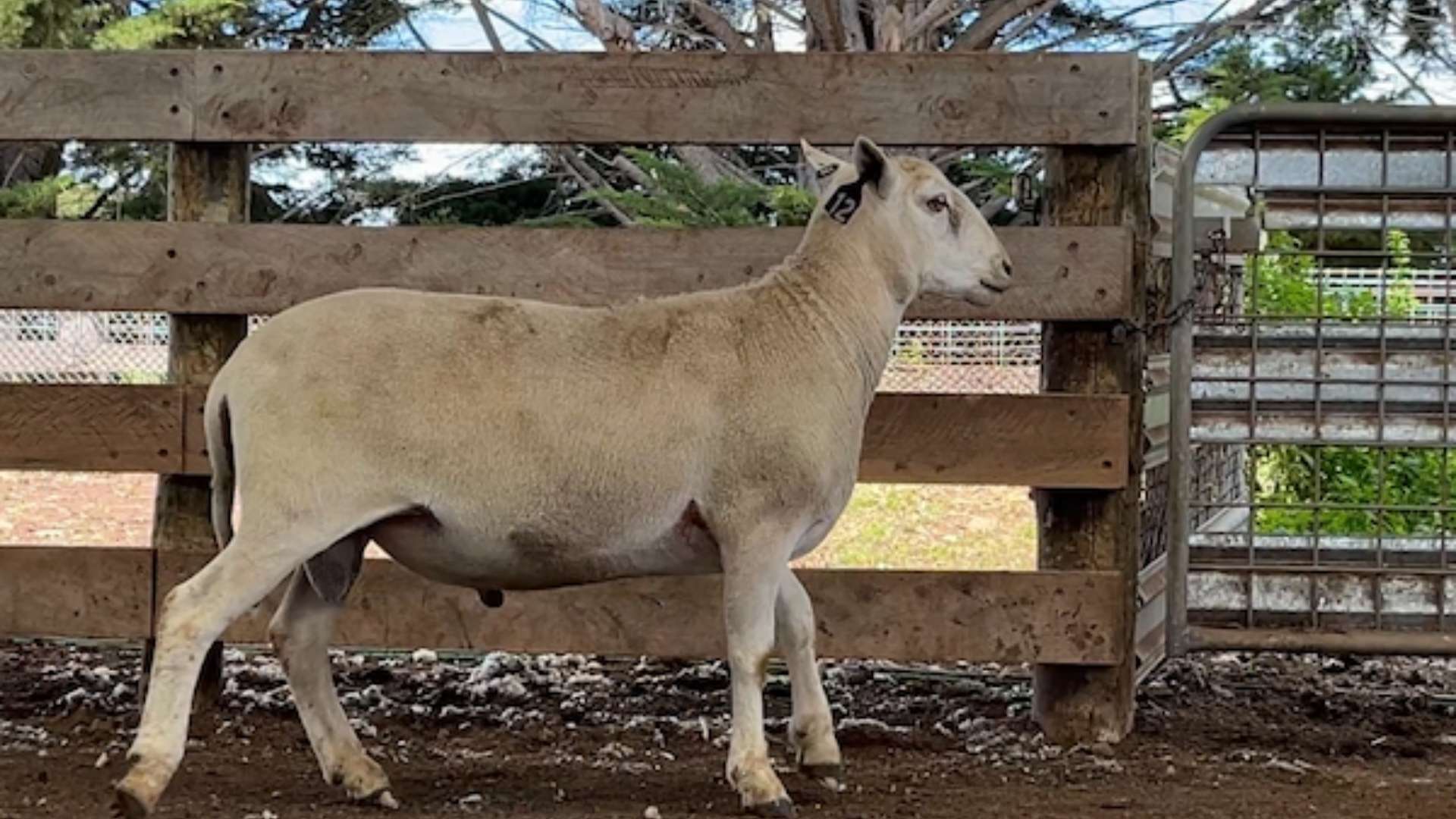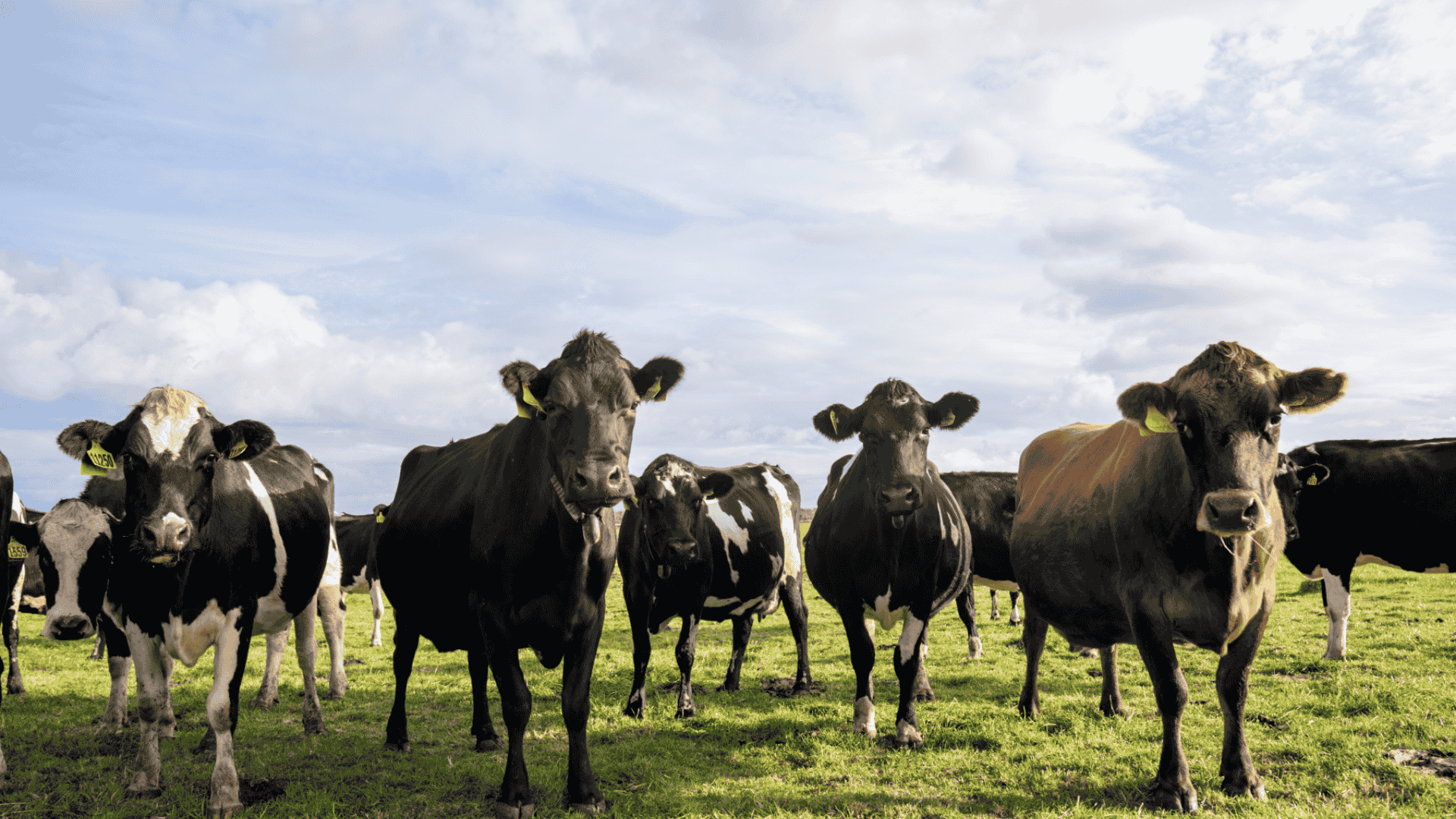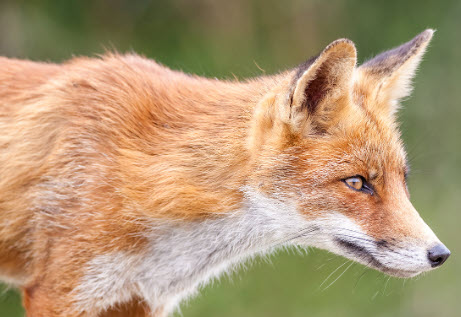Your guide to the 2026 weaner sales on AuctionsPlus
The 2026 selling season is set to commence in early January, with a comprehensive calendar of feature weaner, breeder and store cattle sales being...
NSW's "buck-passing approach" to the handling of invasive species cannot continue as a blistering assessment warns pests could become a $30 billion problem within six years.
A government-commissioned review revealed on Monday that invasive species, including cats, foxes and 340 weeds, have spread across the state but the response remains fractured, often ad-hoc, ineffective and incomplete.
Calls for curbing pet cats' freedoms and an end to sporadic, fragmented cash splashes are among more than 70 recommendations.
Invasive Species Council spokesman Jack Gough said the report needed to be the catalyst for genuine reform.
"We simply can't afford to continue an unenforced, buck-passing approach to the handling of invasive species," he said.
Other states should also take heed of the report, given underfunded and non-strategic pest programs and poor government coordination were "sadly the norm" across the country, Mr Gough said.
Highlighting issues in recent feral pig control measures, the NSW Natural Resource Commission's interim report noted a $22.7 million program centred around population reduction did not publicly report whether this was achieved.
Internal figures showed culling in the farming-rich Northern Tablelands barely met half the target.
A subsequent, snap $13 million culling spree during a rainy season was panned by stakeholders, had "questionable" outcomes and coincided with higher pig numbers, the report said.
The commission also found pet laws ineffective at managing the biosecurity risks posed by cats, including predation and disease transmission.
Unsupervised cats entering private property cannot lawfully be seized and taken to a council pound, while a person can only grab a cat in a designated wildlife protection area "for the cat's own protection".
The commission calls for councils to be allowed to set up cat containment and desexing policies.
It also criticised enforcement measures for invasive species, noting only two biosecurity directions had been issued for pest animal management since laws were overhauled in 2015.
Invasive species costs have risen sharply in recent decades to at least $1.9 billion a year, while changes in urban areas, trade, agriculture and climate could increase the future severity of invasive species.
In the worst-case scenario, the annual cost could hit $29.7 billion by 2030.
Nationals NSW leader Dugald Saunders dubbed the report "a wake up call" for the Minns Labor government and demanded funding for the five-year invasive species program.
Greens MP Sue Higginson said the incursion of fire ants into northern NSW underlined the risk invasive species posed.
"Once these species become established, and without proper care for the whole-of-system needs, NSW is already on a trajectory of seeing our environment and primary production decimated," she said.
The government said it was already making investments in line with the recommendations, highlighting a record $946 million for biosecurity measures.
Measures include expanding the targeting of feral pigs, helping landholders halt invasive species spreading from public land and creating an independent biosecurity commissioner.
"We are committed to responding to the report comprehensively and we are already reviewing the current compliance settings to make sure they are fit for purpose," NSW Agriculture Minister Tara Moriarty said.
A final report from the commission is due by year-end.
Weeds (by spatial extent)
9% Paterson's curse
5% sweet briar, saffron thistle, lantana, horehound, prickly pear
4% blackberry, African boxthorn, fireweed
Pest animals (by spatial extent)
99% red fox
98% feral cat
82% rabbit
70% feral pig
.png)
The 2026 selling season is set to commence in early January, with a comprehensive calendar of feature weaner, breeder and store cattle sales being...

The first-ever stud ram sale to use integrated Sheep Genetics ASBV data on AuctionsPlus has been hailed a success, with buyers responding strongly to...

Victoria and NSW have both green-lighted virtual fencing technology for cattle this week. Farmers adopting this technology, which uses collars with...
